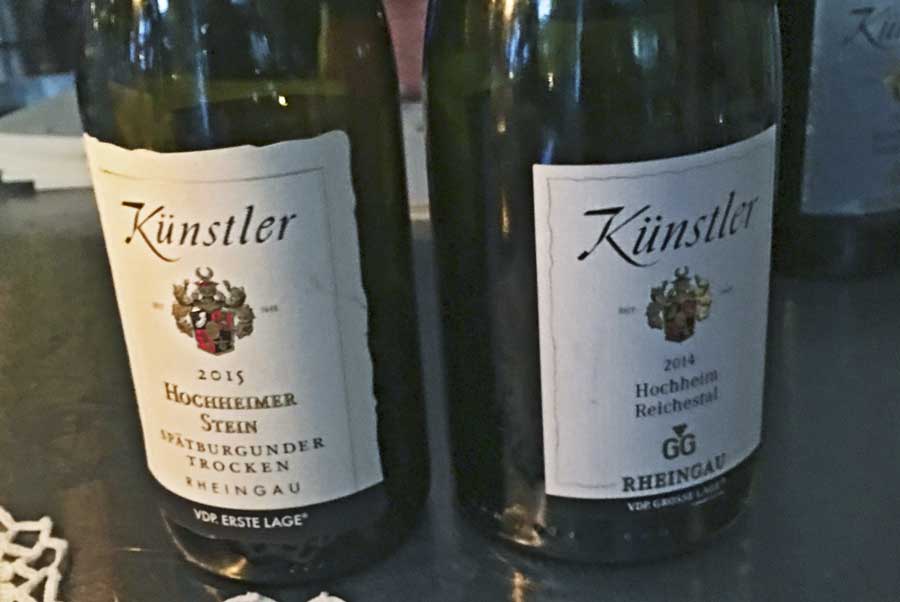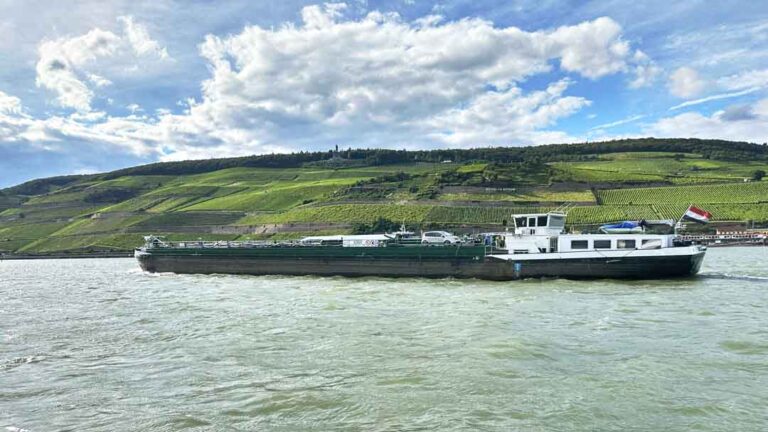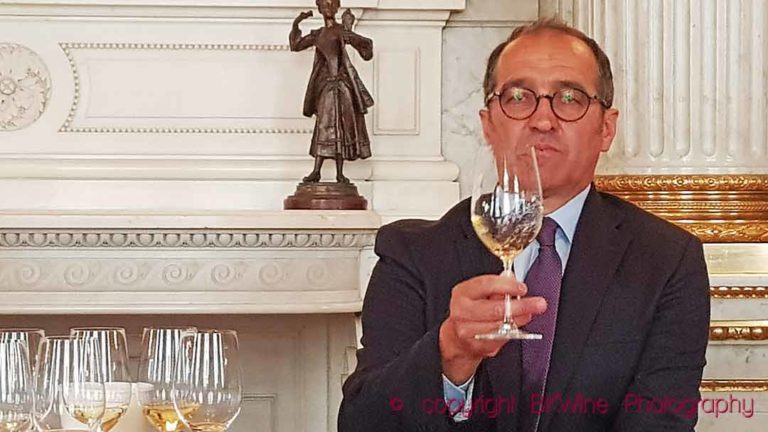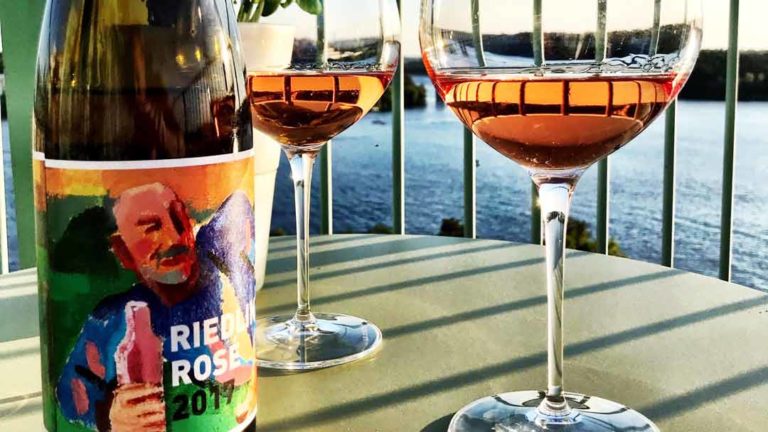“The artist” himself, Gunter Künstler, is CEO of the company since 1992. He presented in a very humble manner six rieslings from different years and places and two spätburgunders (pinot noir). Gunter told me that there are documents showing that spätburgunder has existed in the Rheingau since the 12th century. However, Weingut Künstler’s history in Hochheim dates back to 1965, when Fritz Künstler established himself in the area after being expelled from the Czech Republic after the end of World War II.
Since its inception, the winery has strived for the wines to be a reflection of the soil where the grapes are grown. The vineyards are almost exclusively located in Hochheim, but there are also some smaller vineyards in Rüdesheim and Assmanshausen located in the western parts of the Rheingau.
Rheingau and the special soil
What makes Rheingau such a good area is the soil rich in limestone with elements of slate and volcanic rocks. They also have a south-facing position, because here the river Rhine flows in the east-west direction. Weingut Künstler is a member of the German Producer Association VDP (Verband Deutscher Prädikats- und Qualitätsweingüter) who adopted a classification of the wines of their members to reflect the quality of the vineyards and thus the wines.
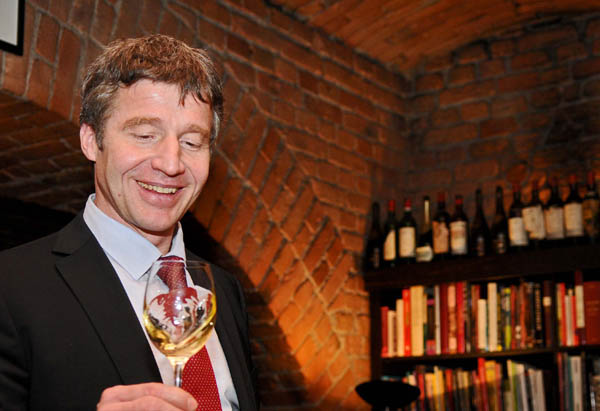
High quality on the entry-level wines
The white wines were served in two flights. The first included the 2016 Riesling Trocken. A wine with a good balance between acidity and sweetness and a refreshing minerality.
The 2016 Hochheimer Herrnberg Riesling trocken, showed more power and minerality.
The wine I appreciated the most was a 2016 Riesling trocken Hochheimer Stilweg Alte Reben (SB 79198, 229 kr~24 euro). This wine is made with grapes from more than 50-year-old vines grown at one of Künstler’s best locations in a soil of sandy clay. The wine had an aroma of petroleum, intense taste of sweet fruits and high minerality along with a long finish which made it fresh and elegant.
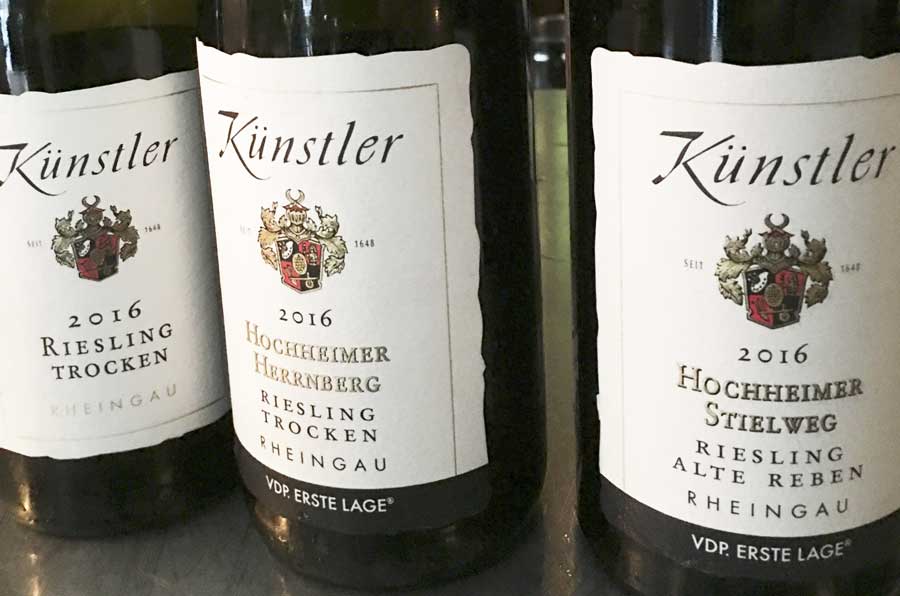
The winery´s top wines
In the second flight, the quality level had been raised a notch. All wines were made from grapes from the best vineyard locations. These wines are called the VDP Grosse Lagen and have been awarded GG, short for “Grosses Gewächs”. This is a way for members of the VDP promote wines from the best locations, much like the Grand Cru in France. However, just as in France, the concept is not uniform in the different wine areas, and a great discussion has long been going on in Germany about the introduction of the concept and its consequences. I will not go into this, but I am pleased to note that for a member of VDP in Rheingau, “GG” means that the wine is dry and comes from a top location classified as Grosse Lage. It can be used in Rheingau for riesling and spätburgunder.
The wines we tasted:
2015 Riesling Trocken Rüdesheim Berg Rottland (~38 euro)
2015 Riesling Trocken Kostheim Weiss Erd (~30 euro)
2016 Riesling Trocken Hochheim Hölle (~42 euro)
Of special interest here was that the grapes of the wines came from vineyards with very different soil types. For example, 2015 Riesling Trocken Rüdesheim Berg Rottland to the west has slate soil and is one of the steepest vineyards in Rheingau. This wine was fermented and was aged in older 1200-liter oak barrels to round off the acidity and make the wine more complex. Did they succeed? Although the wine was young, one could feel a good balance between acidity, sweetness, and fruit. This together with a long aftertaste gave elegance to the wine. The second wine, 2015 Riesling Trocken Kostheim Weiss Erd, showed entirely different qualities and impressed greatly with its taste while at the same time it had a very good freshness. The wine also had the lowest residual sugar content of all the tasted wines with 2.4 g / l and the highest alcohol content with 14.5%!
The secret of the flavour lies in the soil, unique in Rheingau, white limestone, a residual product from the ocean that once covered this area.
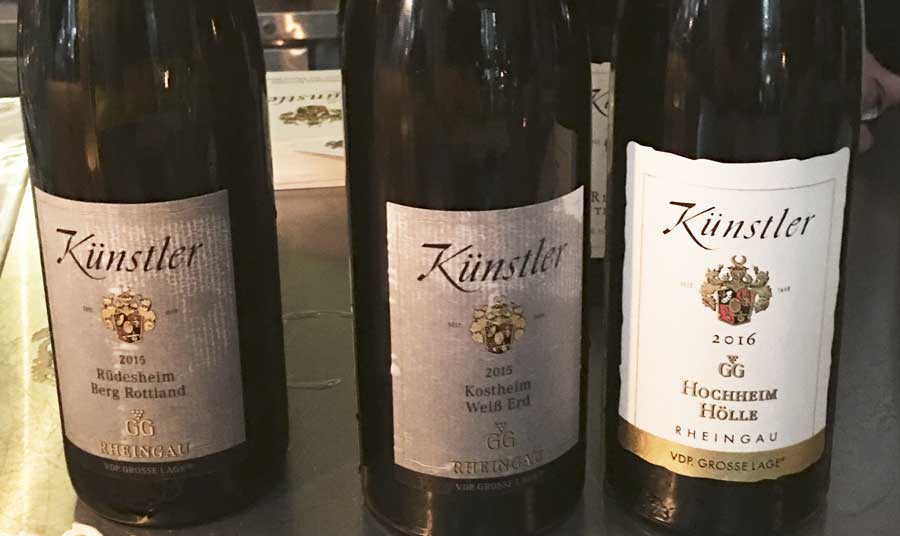
A hell of a wine!
The last riesling, 2016 Riesling Trocken Hochheim Hölle, was, not unexpectedly, the favourite and the highlight of the tasting. Hölle means hell in German, (and it is a hell of a wine!), but the origin is “Halde” which stands for a steep mountain that connects directly to the River Main. The soil is heavy clay. Although the wine was very young, it nevertheless gave a hint of how good a dry riesling can be. Complex nose with notes of apricot. The fine crispness in the acidity is well balanced with a sweetness that made it full of flavours, with a long aftertaste. It will be enjoyable for many years!
To finish the tasting, two Spätburgunders, the first, Hochheimer Stein 2015 (~29 euro) with aroma and taste of red berries (lingonberry, raspberry) and hints of oak. The flavour is well balanced with good acidity and fruit. A well-made pinot noir.
The second wine was a 2014 Reichestal, a small area that is the warmest in the whole of Rheingau and gives perfect grape maturity with a balance between fruit maturity and acidity. After harvesting by hand, the wine has been aged in barriques of French oak for about 18 months. The wine gave a cool and elegant impression with a restrained power. Will be lovely after a few years in the cellar. Not unlike a young, good quality Burgundy in character. (~52 euro).
In summary, an impressive display of dry German Rieslings from Rheingau and also a reminder that good Pinot Noir is becoming more common even outside Burgundy.
Read more on Weingut Kuenstler: Gunter Künstler of Weingut Künstler shares his thoughts on wine.
Carl-Erik Kanne is a long time wine enthusiast and fervent wine taster. He reports from wine tastings and wine events in Stockholm for BKWine Magazine.
